Interview with Mary Lawlor, author of 'Fighter Pilot's Daughter: Growing Up in the Sixties and the Cold War'
Mary Lawlor grew up in an Army family during
the Cold War. Her father was a decorated fighter pilot who fought in the
Pacific during World War II, flew missions in Korea, and did two combat tours in Vietnam. His family followed him from base to base
and country to country during his years of service. Every two or three years,
Mary, her three sisters, and her mother packed up their household and moved. By
the time she graduated from high school, she had attended fourteen different
schools. These displacements, plus her father?s frequent absences and brief,
dramatic returns, were part of the fabric of her childhood, as were the rituals
of base life and the adventures of life abroad.
As Mary came of age, tensions between the
patriotic, Catholic culture of her upbringing and the values of the sixties
counterculture set family life on fire. While attending the American College in Paris, she became involved in the famous student
uprisings of May 1968. Facing her father, then posted in Vietnam, across a deep political divide, she fought
as he had taught her to for a way of life completely different from his and her
mother's.
Years of turbulence followed. After
working in Germany, Spain and Japan, Mary went on to graduate school at NYU,
earned a Ph.D. and became a professor of literature and American Studies at Muhlenberg College. She has published three books,
Recalling the Wild (Rutgers UP, 2000), Public Native America (Rutgers UP, 2006),
and most recently Fighter Pilot's Daughter: Growing Up in the Sixties and the
Cold War (Rowman and Littlefield, September 2013).
She and her husband spend part of each year
on a small farm in the mountains of southern Spain.
Her latest book is the memoir, Fighter
Pilot’s Daughter: Growing Up in the Sixties and the Cold War.
For More Information
- Visit Mary Lawlor’s website.
- Connect with Mary on Facebook and Twitter.
- Find out more about Mary at Goodreads.
- More books by Mary Lawlor.
- Contact Mary.
About the Book:
FIGHTER PILOT’S DAUGHTER: GROWING UP IN THE
SIXTIES AND THE COLD WAR tells the story of the author as a young woman coming
of age in an Irish Catholic, military family during the Cold War. Her
father, an aviator in the Marines and later the Army, was transferred more than
a dozen times to posts from Miami to California and Germany as the government's Cold War policies
demanded. For the pilot’s wife and daughters, each move meant a complete
upheaval of ordinary life. The car was sold, bank accounts closed, and of
course one school after another was left behind. Friends and later
boyfriends lined up in memory as a series of temporary attachments. The
book describes the dramas of this traveling household during the middle years
of the Cold War. In the process, FIGHTER PILOT’S DAUGHTER shows how the
larger turmoil of American foreign policy and the effects of Cold War politics
permeated the domestic universe. The climactic moment of the story takes place
in the spring of 1968, when the author’s father was stationed in Vietnam and she was attending college in Paris. Having left the family’s quarters in
Heidelberg, Germany the previous fall, she was still an ingénue; but her strict
upbringing had not gone deep enough to keep her anchored to her parents’
world. When the May riots broke out in the Latin quarter, she attached myself to the student
leftists and American draft resisters who were throwing cobblestones at the
French police. Getting word of her activities via a Red Cross telegram
delivered on the airfield in Da Nang, Vietnam, her father came to Paris to find her. The book narrates their
dramatically contentious meeting and return to the American military community
of Heidelberg. The book concludes many years later,
as the Cold War came to a close. After decades of tension that made
communication all but impossible, the author and her father reunited. As
the chill subsided in the world at large, so it did in the relationship between
the pilot and his daughter. When he died a few years later, the hard edge
between them, like the Cold War stand-off, had become a distant
memory.
For More Information
- Fighter Pilot’s Daughter: Growing Up in the Sixties and the Cold War is available at Amazon.
- Pick up your copy at Barnes & Noble.
- Discuss this book at PUYB Virtual Book Club at Goodreads.
Q: Welcome to The
Writer's Life! Now that your book has
been published, we’d love to find out more about the process. Can we begin by having you take us to the
beginning? Where did you come up with
the idea to write your book?
My dad was a decorated war hero; we
lived—my mother, my sisters and I—in the glow and the shadow of his dangerous,
turbulent life. Through all our many moves—I went to 14 schools before I turned
eighteen—I remained a good Catholic, a good patriot, and a good student. But when I came of age in the late sixties, I
turned away from much of what I’d been taught. Suddenly, the way of life I’d
learned at Catholic schools and in uncounted patriotic sermons appeared distant
and wrong. And all that my father had done in the Korean War and was still
doing in Vietnam appeared in a different, darker light.
Then the confrontation between my father
and me as a result of my involvement in the Paris demonstrations shattered my
ties to the family and marked my psyche in ways I have tried for years to
understand. I was deeply conflicted about my parents, especially about my Dad.
And I didn’t know how I felt or should feel about myself as the daughter of the
man who flew the missions he did. I wrote the book both to produce a fuller and
more nuanced picture of those difficult times and to find a way beyond my own
fierce anger at parents I also loved, respected, and missed. Writing Fighter
Pilot’s Daughter made it possible for me to understand their choices with
more understanding than I’d been able to muster in the past.
Q: How hard was it to
write a book like this and do you have any tips that you could pass on which
would make the journey easier for other writers?
Some parts of it were very difficult to
write because they sent me back into hard memories. Drafting, for example, the chapter in Fighter
Pilot’s Daughter about our move to Camp Lejeune, North Carolina when my Dad
was still in the Marines brought up scenes of my mother unpacking our china,
silverware, the books and paintings. Then we’re settled in and the new life
begins. Only nothing really happens. Dad goes to the work and flies around the Caribbean,
but my Mom stays home with us. And she’s
miserable. It was like this for her in
several places where we lived, but for some reason, Camp Lejeune stands in
memory as a palpable instance. Life on a
military base could be very dull for her.
She was a woman with imagination and a lively sense of humor. She had exuberant social energy and loved
getting dressed up for parties at the Officers’ Club and the Marine Corps
Birthday Ball. But on most days she had
no company apart from my sisters and me.
She would be moody for long stretches and angry with my father. The moving was hard on her. She always wanted to have an elegant, stable
home with old friends coming and going, but she didn’t get one until we were
all grown up and making our own lives.
It was also difficult to write about the
times when my Dad was away at war. Once,
and it’s hard to believe this now, we didn’t hear from him for several months;
his paychecks stopped; mom had to get a job.
But his absence in a war zone always shadowed our daily lives. I had nightmares and am still edgy
about whether my loved ones are secure when I’m not looking at them.
The most difficult part of writing Fighter
Pilot’s Daughter was dealing with my feelings about the work my father did,
as I mentioned earlier, and the terrible fight we had, back in 1968. At that
point we were on diametrically opposite sides of the political divide. We were both home in Heidelberg, Germany
after the Paris demonstrations—he’d come back from Saigon on emergency
leave—and we had to live in close quarters for almost a month. The animosity between us was thick, and it
finally exploded. For a year we didn’t
speak.
Much later, by the way, we got to be very
close, and I’m deeply grateful for that.
Being retired from military life, Dad had changed dramatically. He’d been a heavy drinker in his flying
days. This stayed with him into
retirement until he sought the help of Alcoholics Anonymous. AA and the peaceful life by the sea affected
him and my mother in interesting ways.
Dad became more reflective. I like to think my mother left aside some of
her anger for having had to follow him around the world without a house or
career of her own. Getting close to my father and mother again eased a lot of
the old pain that came with my Paris days.
And thinking about our reconnecting while I wrote Fighter Pilot’s
Daughter helped ease the difficulties of going back into all those edgy
memories.
I’d say to anyone who’s contemplating a
memoir that it’s good to spend time with any materials you have to work
with—the letters, photos, and so forth—for as long as you can to let the
memories get stimulated. And then
remember when you start drafting that writing has an almost magical way of
bringing up more memories as you go. You
need to stay with the hard ones especially.
Making real contact with old wounds is as crucial (maybe more so) to an
effective narrative as recounting joy and pleasure—for yourself as well as your
book.
Q: Who is your
publisher and how did you find them or did you self-publish?
My publisher is Rowman and Littlefield.
My agent, Neil Salkind, placed the book with them.
Q: Is there anything
that surprised you about getting your first book published?
I had published two academic books (both
with Rutgers University Press) before writing Fighter Pilot’s Daughter and
didn’t have great expectations that my first venture into non-fiction creative
writing would be quickly taken up by any publishing house. Neil did a fantastic job shopping the book
around, though. I was surprised and
thrilled out of my mind cut
when Rowan and Littlefield gave me a contract only a few months after
Neil had the manuscript.
Q: What other books
(if any) are you working on and when will they be published?
I’ve written a novel about an American
woman who’s trying to make a life for herself in a small Spanish village. She’s
quite a loner but doesn’t want to be.
Her story is paralleled by that of a younger Spanish real estate
developer. Both feel like outsiders in
the village, but while she wants to heal old wounds by enclosing herself in the
mountain landscape, he wants to transform the place. It’s a story at once of
expatriate life and of the huge waves of development, corruption, and then
economic catastrophe that have washed over Spain in the last decade, leaving
lives and landscapes transformed forever. I don’t want to give away the plot,
but they both end up subtly changed for the better.
At the moment I’m working on a new novel,
this one also set in Spain. (My husband
and I have a small house there where we spend a lot of time, thus the interest
in that setting.) It’s about a young Spanish woman, just setting off for
university, who discovers her family’s roots in medieval Al-Andalus during the
time when Spain was Arabic speaking and Islamic. She goes back in time—in her imagination or
perhaps through actual time travel—to visit a medieval astronomer who works
with an astrolabe. He keeps track of the
hours so people know when to pray.
There’s a parallel in the girl’s own life, as she recovers her family’s
lost history and her own daily struggles with time’s power to carry things
away.
Q: What’s your
favorite place to hang out online?
I spend a fair amount of time in exchanges
with people on Facebook, and I have a number of followers on a Facebook page
for Fighter Pilot’s Daughter. I
find I’m entertained by Twitter lately, especially tweets from literary
journals and small presses. They’re smart and often funny; and they tell me
about books I might not otherwise know exist.
Q: Finally, what
message (if any) are you trying to get across with your book?
I want readers of Fighter Pilot’s
Daughter to come away with a deeper understanding of what military kids and
spouses experience. I hope the book will
make vivid how complicated it is for these dependents (a fraught word, but it’s
the term used in military circles) of service people to maintain relatively
healthy and happy family lives when they have to move all the time and when
they spend long months separated from the father or mother who’s deployed to
war. Military brats make up a
significant population, but I
think it’s still a widely misunderstood group.
Often when I tell people I grew up in an
Army family, they ask if it was like life in The Great Santini? Really, a lot of people ask this question.
The answer is no. Santini is an
abusive father. Of course, many military
Dads work with violence on a regular basis, but they don’t always bring it
home. Pat Conroy is a great story
teller, and as he says himself about his novel and memoir about his father,
it’s his family’s story, not a representative one of military family
life in general. Nevertheless, his is
one of the few narratives in circulation that tells a story about military
dependents and their soldier fathers. So
I think it often gets taken as a model of all service families. I hope readers of Fighter Pilot’s Daughter
see this isn’t the case
If the book is about life as a military
dependent it’s also about life in Cold War America more generally: about our
patriotic secular and religious culture, our many wars, and the perhaps
inevitable reaction of a whole generation of young Americans. I’m thrilled when
readers write to say that the book has helped them remember and clarify the
events and movements of the time, and to realize how powerfully these shaped
our individual lives.
I
also have to admit that I’d like my mother and father to be remembered. They were complicated, fascinating, larger
than life people. There are far more stories about them than than I was able to
recount in Fighter Pilot’s Daughter; but it makes me happy to hear from
readers that they feel they know Jack and Frannie; and that they have an idea
of what my early life was like. It makes
me feel somewhat less of a stranger everywhere I go.
Q: Thank you again
for this interview! Do you have any
final words?
Thanks for inviting me to talk about Fighter
Pilot’s Daughter. I hope it’s not
too bombastic to say that I actually like the book myself quite a lot. It’s done fairly well so far, and the first
printing is just about depleted. I’ve
had lots of wonderful responses from readers, particularly from people who grew
up in military families. I’ve also had a
number of letters from people of my generation who don’t know military life but
have powerful memories of growing up in the Cold War. It means the world to me that these readers
are moved by the book to think about their own pasts and write me about their
experiences.
I’m also glad to know the book isn’t
circulating only as a memoir for children of the sixties. At the moment, a couple of writers are
thinking of drafting screenplays of Fighter Pilot’s Daughter for TV or
film. It’s impossible to say whether
these ideas will go anywhere, but I’m grateful they see a vivid story here that
might work well on screen and interest people of other generations as well.






































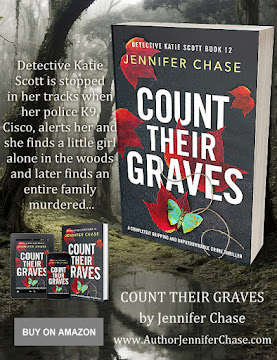






























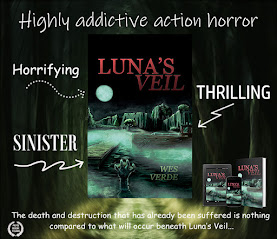
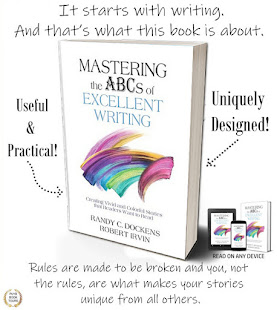
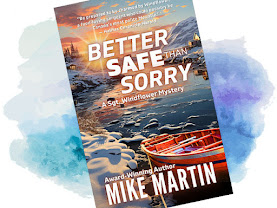














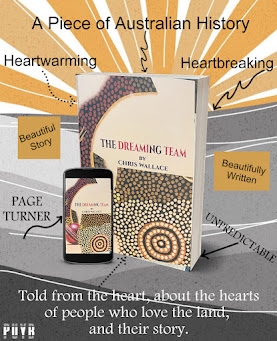

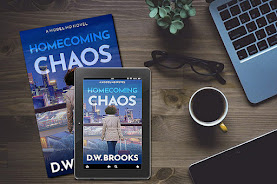


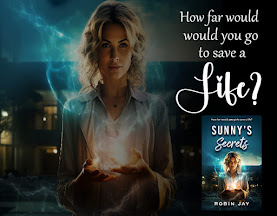




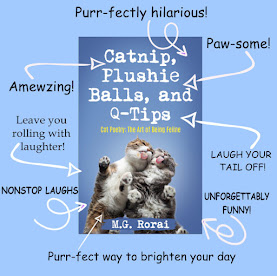



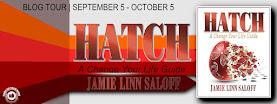

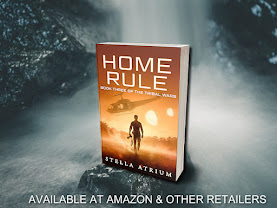

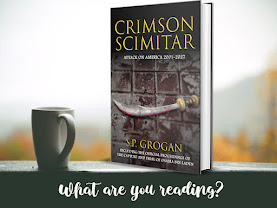


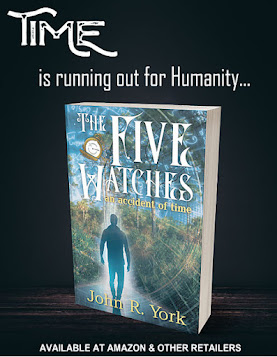

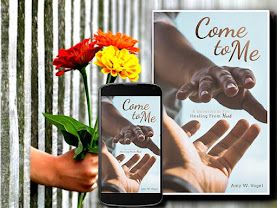



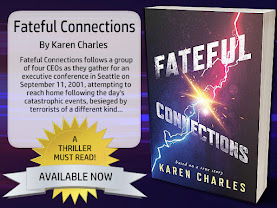


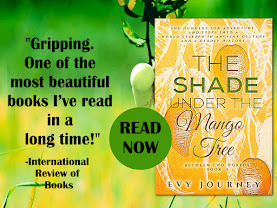

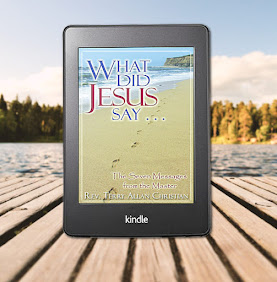





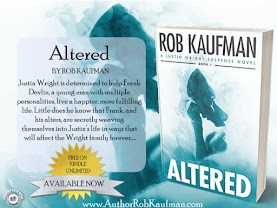
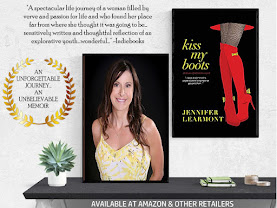
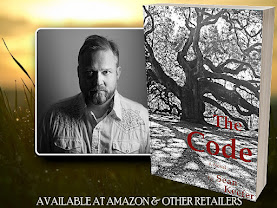



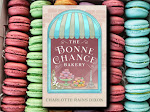
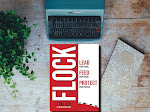


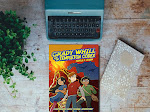



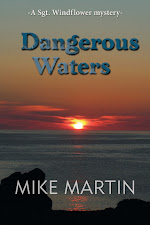

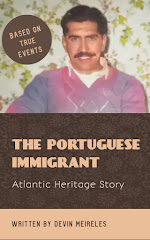

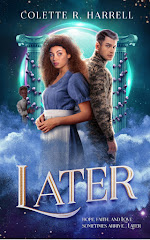
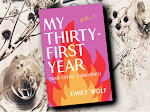
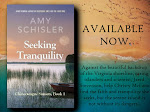





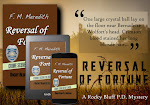

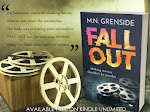


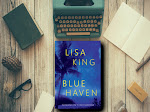




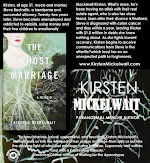

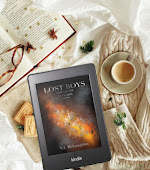
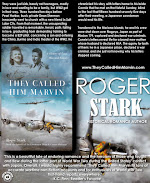

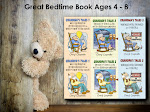

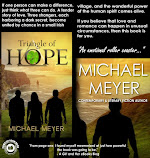
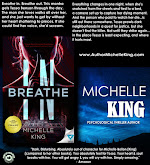
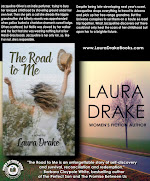


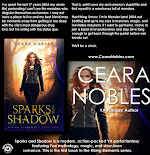
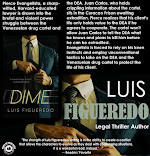

























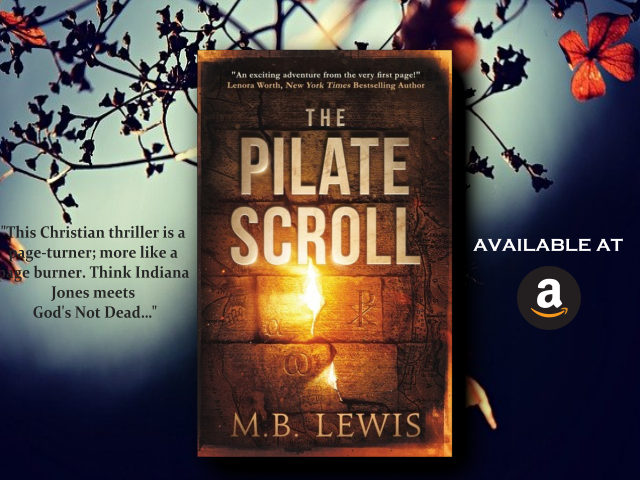













Leave a Comment